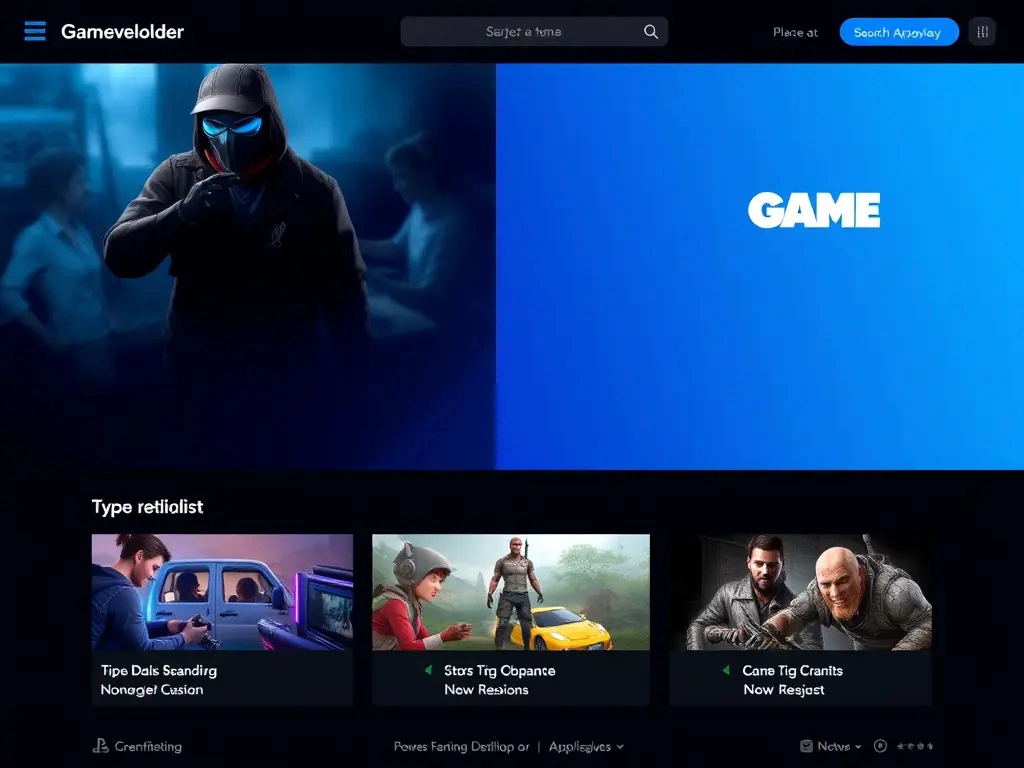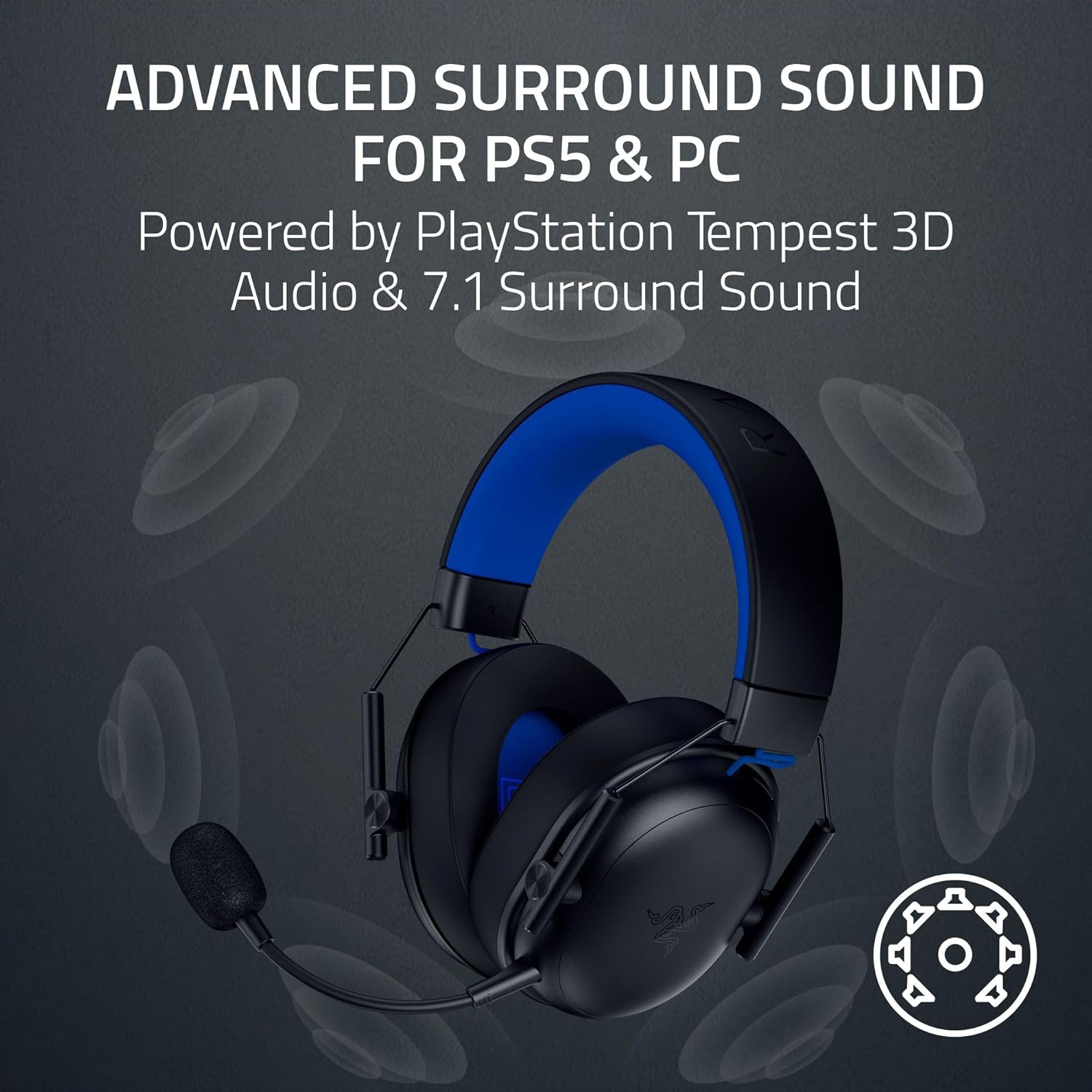
Your portfolio is your most powerful tool in a competitive job market. It’s the first impression and often the deciding factor recruiters use to assess your potential. In an industry where resumes blur together, a portfolio that clearly showcases your technical ability, creative thinking, and professional polish is what gets you hired.
This guide breaks down exactly how to build a game developer portfolio that grabs attention, communicates your value, and opens doors to real opportunities.
The 30-Second Rule: Capture Attention Instantly
Game industry recruiters often review dozens of portfolios in a single day, spending less than 30 seconds on each. Your homepage must immediately impress.
Instead of walls of text, feature:
- A playable demo of your best game
- An animated GIF or highlight video
- A clean layout with instant access to key projects
Think like a UI/UX designer: clarity, readability, and aesthetics matter. A minimalist design with intuitive navigation keeps the focus where it belongs on your work.
Quality Over Quantity: Focus on Your Best Work
Beginner developers often fall into the trap of showcasing every project they’ve touched. But quantity can dilute impact.
Instead:
- Highlight 2–4 polished projects
- Prioritize completed games over unfinished concepts
- Choose projects that demonstrate specific skills: e.g., a puzzle game for logic, a 2D platformer for physics, a story-driven game for narrative design
Finishing a game no matter how small is a huge mark of professionalism. Studios want people who follow through.
Your Code Is Your Signature
If you’re a programmer, GitHub is your technical portfolio.
Recruiters and lead devs often review code before they even play your game. Here’s what they look for:
- Clean, readable, well-commented code
- Logical file structures and consistent naming
- Informative
READMEfiles with installation/setup notes - Regular, well-labeled commits that show iterative progress
Avoid massive, one-off commits use Git to tell the story of your development process.
Choosing the Right Platform
Where you host your portfolio matters:
- Itch.io: Perfect for indie devs. Easy to publish, customize, and share.
- Personal website: Gives you full creative control. Platforms like GitHub Pages, WordPress, or Squarespace work well.
- LinkedIn: Maintains your professional presence and helps recruiters discover your work. Regular updates boost visibility.
Whatever you choose, make sure it’s:
- Fast-loading
- Mobile-friendly
- Easy to navigate
Tell the Technical Story Behind Each Project
Don’t just say “I made a platformer.” Instead, describe:
- The technical challenges you faced
- How you solved them (e.g., “Implemented a custom ‘coyote time’ system to improve jump responsiveness”)
- Why you made certain design or tech choices (e.g., “Chose Unity for its 2D toolset and community support”)
You can even share failures or abandoned prototypes as long as you explain what you learned.
Employers appreciate transparency and problem-solving more than perfection.
The Playable Demo: Your Strongest Weapon
Let recruiters experience your work firsthand.
Use WebGL builds or browser-friendly formats to reduce friction no one wants to download a 2GB .exe to evaluate a junior portfolio.
Tips:
- Make the first minute of gameplay intuitive and fun
- Include a simple tutorial or on-screen guidance
- Provide bug-free downloadable versions for more serious evaluation
Think like a marketer: first impressions matter here too.
Showcase Teamwork and Collaboration
Game development is rarely a solo act. If you’ve participated in:
- Game jams
- School group projects
- Indie teams
Be sure to highlight those. Describe your exact role (e.g., “Implemented AI for enemy pathfinding and combat logic”) and how you worked with others.
Even better? Include testimonials or references from teammates. A brief quote about your communication, reliability, or creativity carries real weight.
Continuous Learning & Technical Curiosity
Show that you’re not just resting on what you know:
- Include recent projects using new technologies (e.g., Unity 2023 features, AI integrations, VR prototypes)
- Add a technical blog or devlog to your portfolio
- Contribute to online communities like Stack Overflow, GitHub, or Discord
Demonstrating that you keep learning and experimenting signals long-term potential something studios love to see.
Measure Your Portfolio’s Performance
Don’t just publish and forget:
- Use Google Analytics or Itch.io stats to see what’s working
- Track which projects get the most clicks, plays, or downloads
- Get feedback from senior devs, recruiters, or mentors a short review is often more valuable than hours of guesswork
And always test your portfolio on multiple devices. A site that doesn’t load on mobile might cost you the job.
Conclusion: Strategy Meets Creativity
A great game developer portfolio is a blend of smart strategy and creative expression. Your goal is to make the recruiter’s job easy highlight your strongest, most relevant skills in a way that’s visually engaging, technically impressive, and quickly digestible.
Once your portfolio is solid, your next step is to understand how salaries vary across roles and regions, so you can apply confidently and negotiate from a position of knowledge.

Results
Razer BlackShark V3 X HyperSpeed Wireless Gaming Headset for PS5: 50mm Drivers - Cardioid Mic - 2.4 GHz, Bluetooth - Works with PC, Mac, Nintendo Switch, Smartphone - Long Battery Life - Black


